“It began in a barn with one press and three smart people,” said the fine press publisher David Godine last night at the opening of an exhibition of his books held at the Grolier Club in New York City. While still in his early twenties, Godine rented an abandoned cow barn in Brookline, Massachusetts, for the price of one book a year. 1968 and 1969 were spent fitting it out with the basics—electricity, heat, and plumbing—before he, Lance Hidy, and Martha Rockwell could begin production.
David R. Godine Inc. had three basic guidelines: to offer a wide selection of books of editorial and textual importance; to produce books that delighted the eye and did not offend the purse; and to maintain the highest production standards.
One of their most ambitious early projects was Specimen Days by Walt Whitman (1819-1892). Because of the large edition size, the book was set at Stinehour Press and printed by Meriden Press. “We would be the architects, but not necessarily the builders,” writes Godine. A three-page rave review in the New York Times Sunday Book Review assured the book’s success. “The next day Richard Abel called from Oregon to order five hundred copies. We had never shipped more than three copies of anything to anyone in our history.” (GAX Oversize 2007-0365Q)
I am one of the fortunate few who walked away last night with a copy of the keepsake Godine wrote and printed for the occasion: David Godine: the Letterpress Years: Offprint from Matrix 29.
Princeton holds hundreds of Godine books, including eight of his rare imprints from 1969 printed at Leonard Baskin’s Gehenna Press, where Godine was an apprentice while still preparing his own shop:
Henry David Thoreau (1817-1862), Civil Disobedience. Graphic Arts Collection (GA) HM278 .T45 1969
Stephen Spender (1909-1995), Generous Days. Graphic Arts Collection (GAX) 2004-3567N
Joel Barlow (1754-1812), Hasty-pudding; a poem in three cantos written at Chambery in Savoy during January MDCCLXXXXIII. Graphic Arts Off-Site RCPXG-3164531
James Agee (1909-1955), Last letter of James Agee to Father Flye. Graphic Arts Off-Site RCPXG-3164614
Henry David Thoreau (1817-1862), Plea for Captain John Brown. Graphic Arts Collection 2004-3568N
Beatrice Warde (1900-1969), Rescuing mouse: a speech. Graphic Arts 2010-0708N
Andrew Marvell (1621-1678), To his coy mistress. Graphic Arts Off-Site RCPXG-3169583
Arthur Freeman (1938-1970), Assays of bias. Rare Books (Ex) PS3511.R425 A9
For more, see: http://www.godine.com/
and
http://www.grolierclub.org/
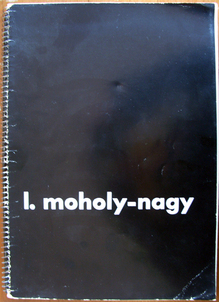
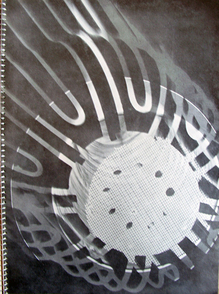
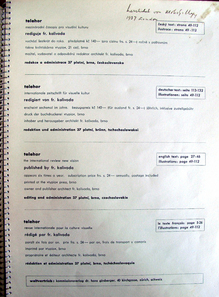


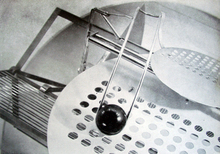


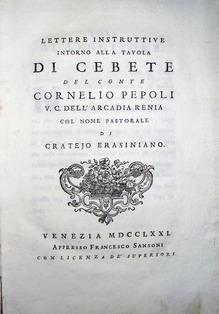
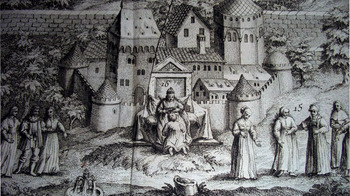
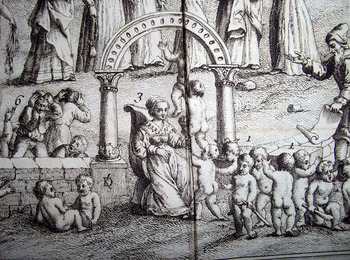
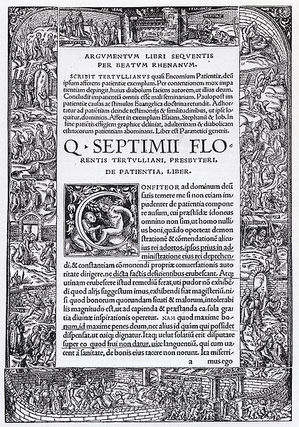


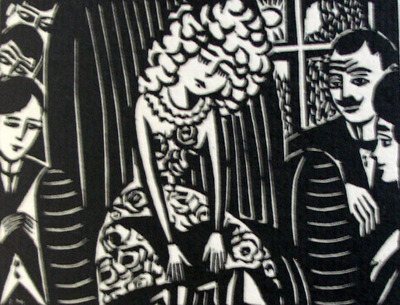


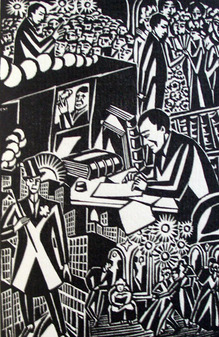
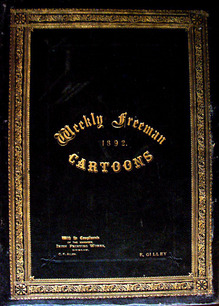

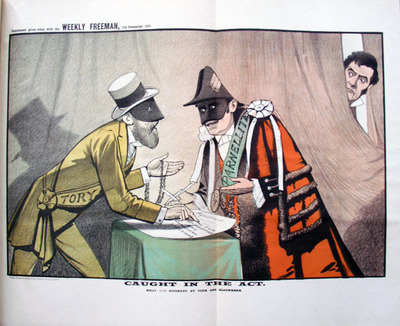


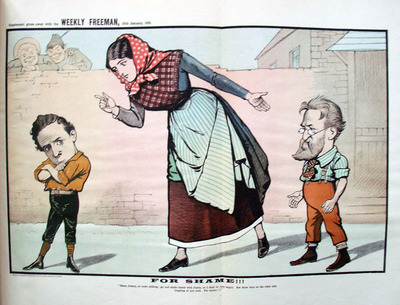
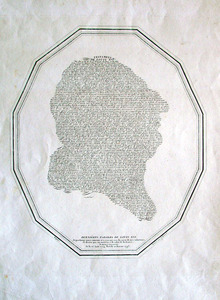
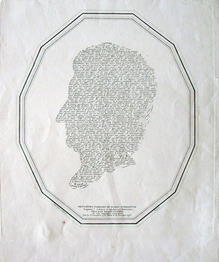
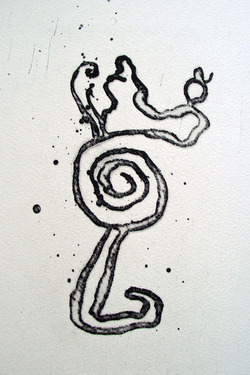

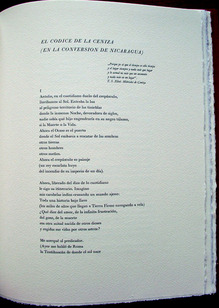

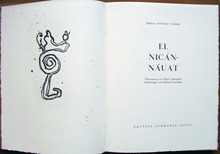

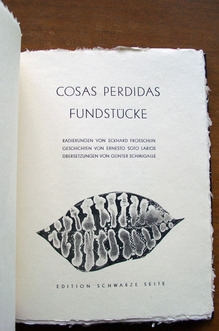
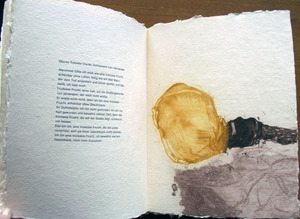

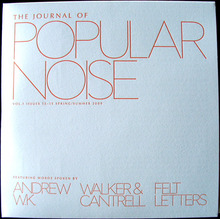
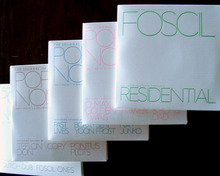
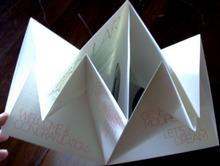

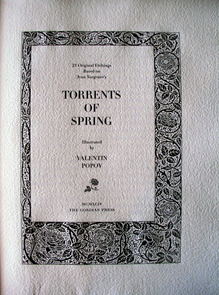
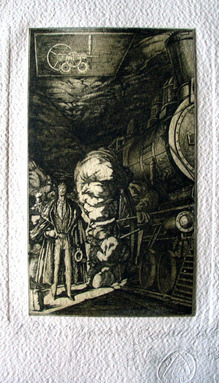





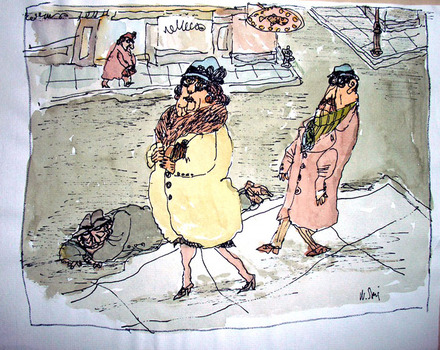
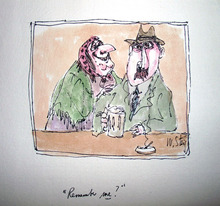


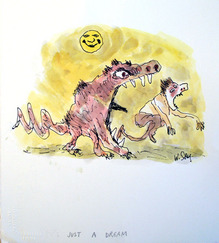

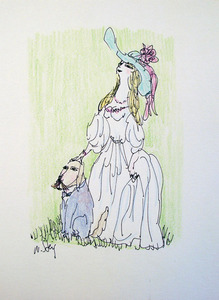
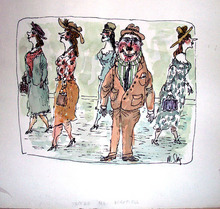
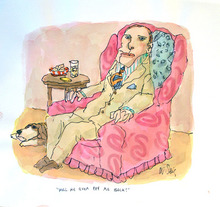

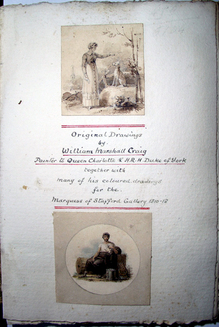
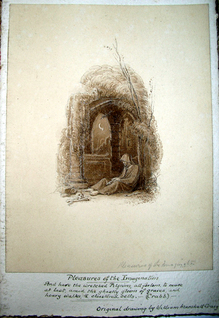


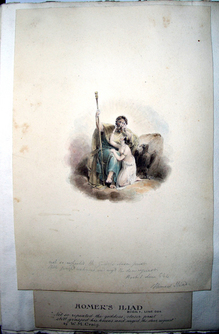
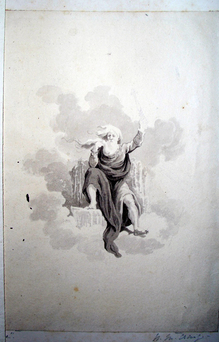
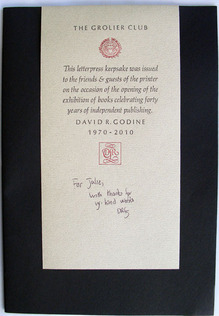
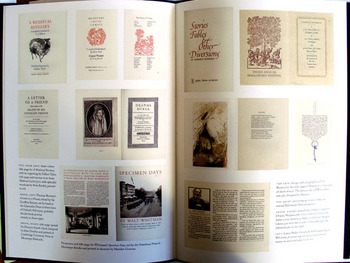
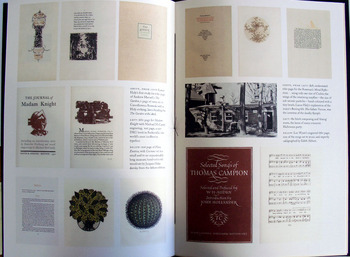









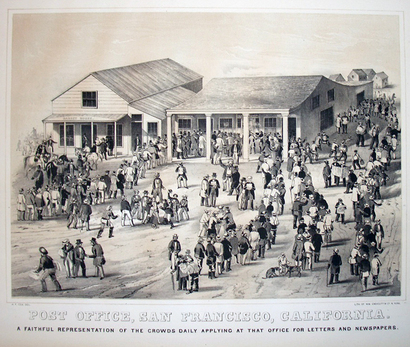
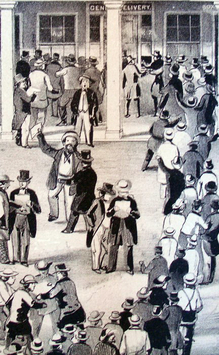

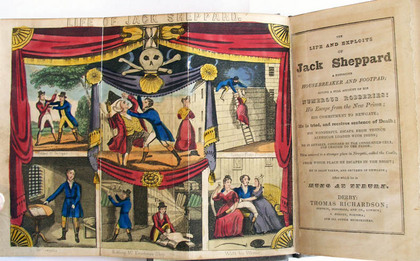
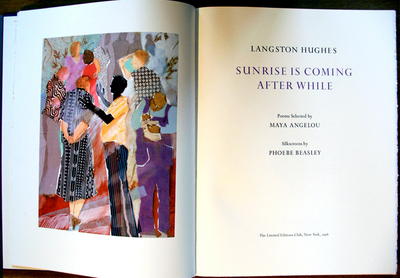






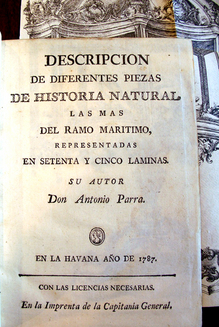

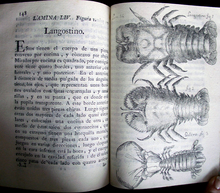
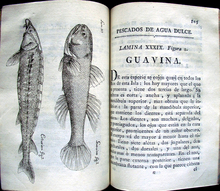

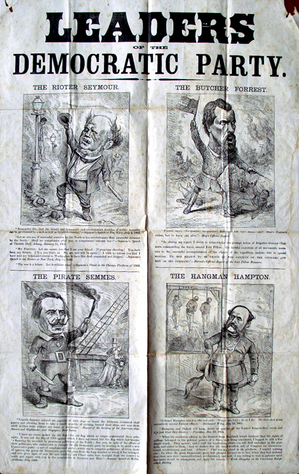



Recent Comments